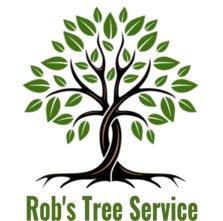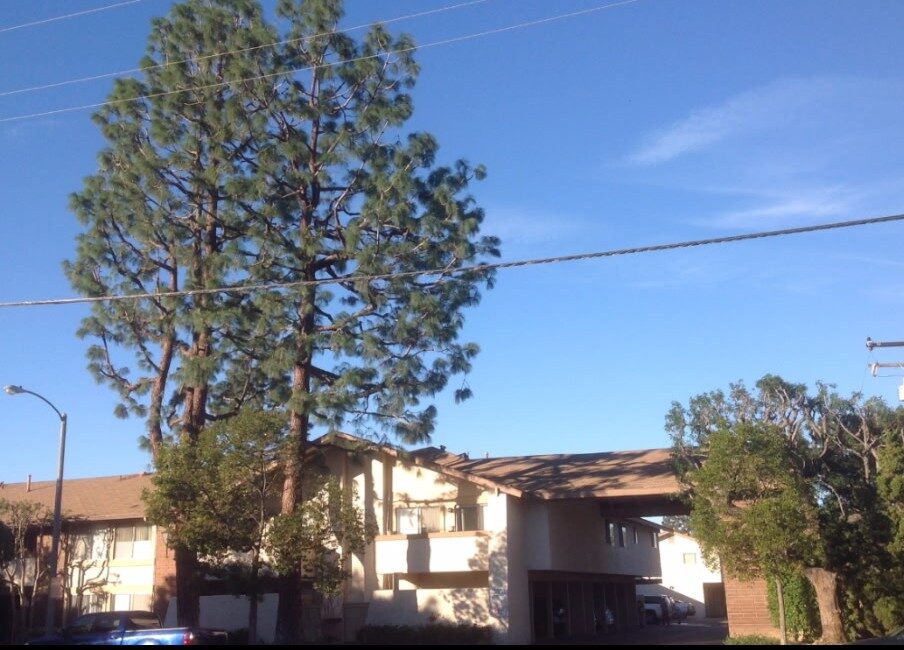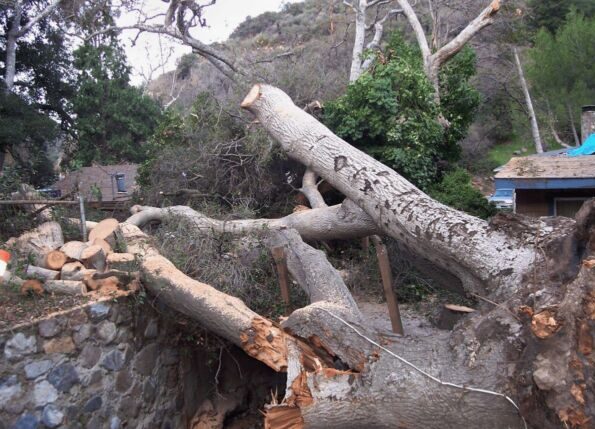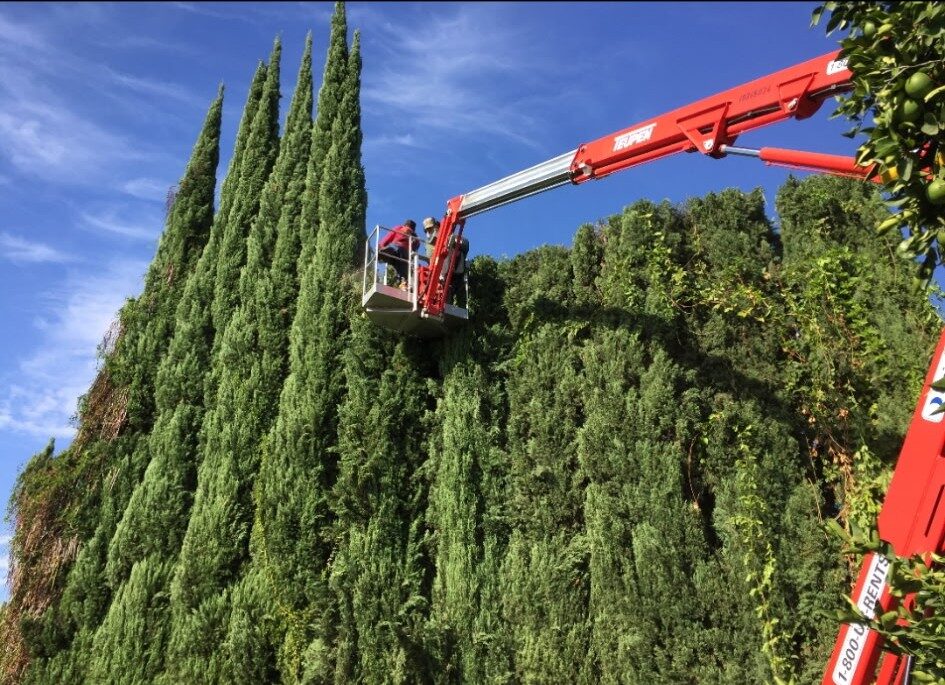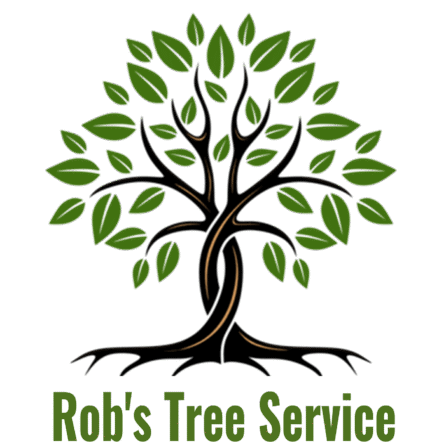Tree Trimming Services
Rob’s Tree Services offers reliable and affordable tree trimming, topping, and pruning services in Southern California for residential and commercial customers.
Pruning and Tree trimming are critical to sustaining your tree’s health, stimulating growth, and retaining its natural appearance. Still, property owners may end up trimming incorrectly or at the wrong time, causing severe damage to their beloved tree.
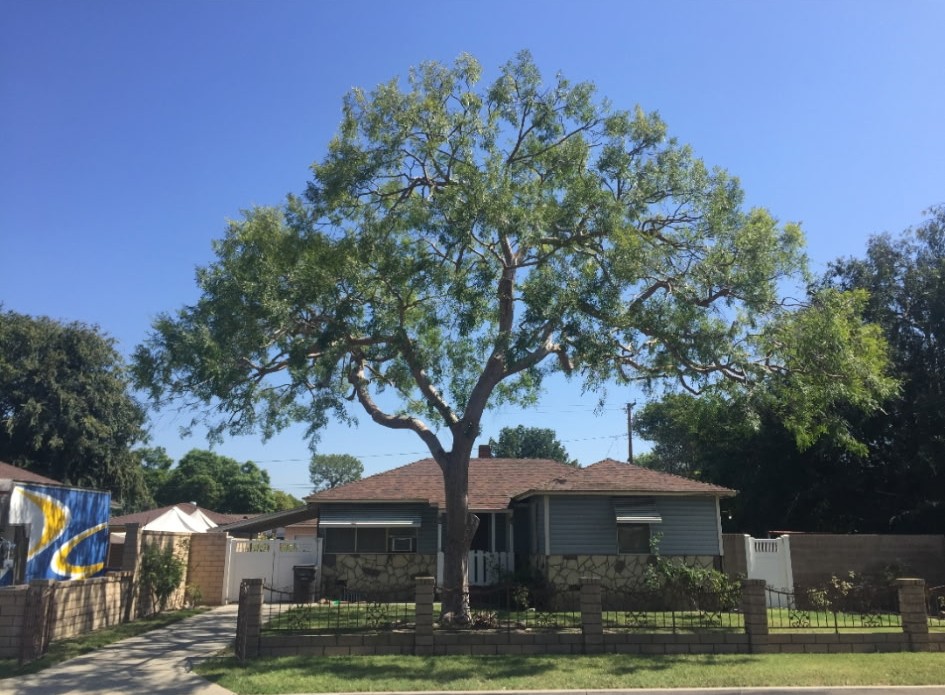
The science involves a deep understanding of tree knowledge, and skillfully trimming or removing proper deadwood that aesthetically shapes your tree to enhance the beauty of your landscape and achieve your landscape goals.
Trim your Trees for the Following Reasons.
Trimming your trees is essential for promoting plant health and increasing fruit and flower production. Regular pruning directs the tree’s energy toward healthy growth, strengthens its structure, and prevents potential hazards and property damage.
For Tree Health
Removes disease and pests: Trimming removes diseased, dead, or pest-infested branches before the problem can spread to the rest of the tree. This is a crucial step in treating fungal infections, mildew, and infestations.
Encourages healthy growth: By removing old or unproductive growth, trimming allows the tree to reallocate nutrients to healthier parts, promoting new growth and increasing its overall vigor.
Improves sunlight and airflow: Thinning out a dense tree canopy allows more sunlight to penetrate to the inner branches and improves air circulation. This helps reduce the risk of mold and other moisture-related diseases.
Strengthens tree structure: Regular pruning, especially on young trees, helps develop a strong central leader and robust branch structure. This gives the tree more stability and helps it withstand storms.
For Safety and Property Protection
Prevents falling branches: Dead, dying, or weak branches are at high risk of breaking off during a storm or high winds. Regular trimming removes these hazards, protecting people, vehicles, and property from potential damage.
Provides clearance: Trimming overgrown branches prevents them from damaging roofs, scraping against walls, or obstructing walkways.
Protects utility lines: Trees that grow too close to power lines create a significant safety hazard. Trimming keeps branches at a safe distance and is often a service performed by the utility company if the tree is an imminent threat.
Discourages root damage: While you can’t trim roots from a tree’s canopy, pruning can be used to manage unwanted root growth. This prevents roots from damaging sidewalks, pipes, and foundations.
For Aesthetics and Curb Appeal
Creates a balanced shape: Trimming allows you to shape your trees, remove unwieldy branches, and maintain a balanced, attractive form.
Boosts curb appeal and property value: A well-maintained and aesthetically pleasing landscape can significantly increase your property’s value.
Improves views: Trimming can remove lower or higher branches that block a view from your home.
For Fruit and Flower Production
Increases crop yield: For fruit trees, regular pruning helps boost fruit production. Removing dead or old wood encourages the growth of new fruit-bearing spurs, while thinning the canopy allows more sunlight to reach the fruit.
Maximizes flowering: Trimming flowering trees at the correct time of year helps encourage future blossoms.
Tree Trimming Services
Tree trimming services encompass a range of tasks designed to maintain the health, appearance, and safety of trees and shrubs.
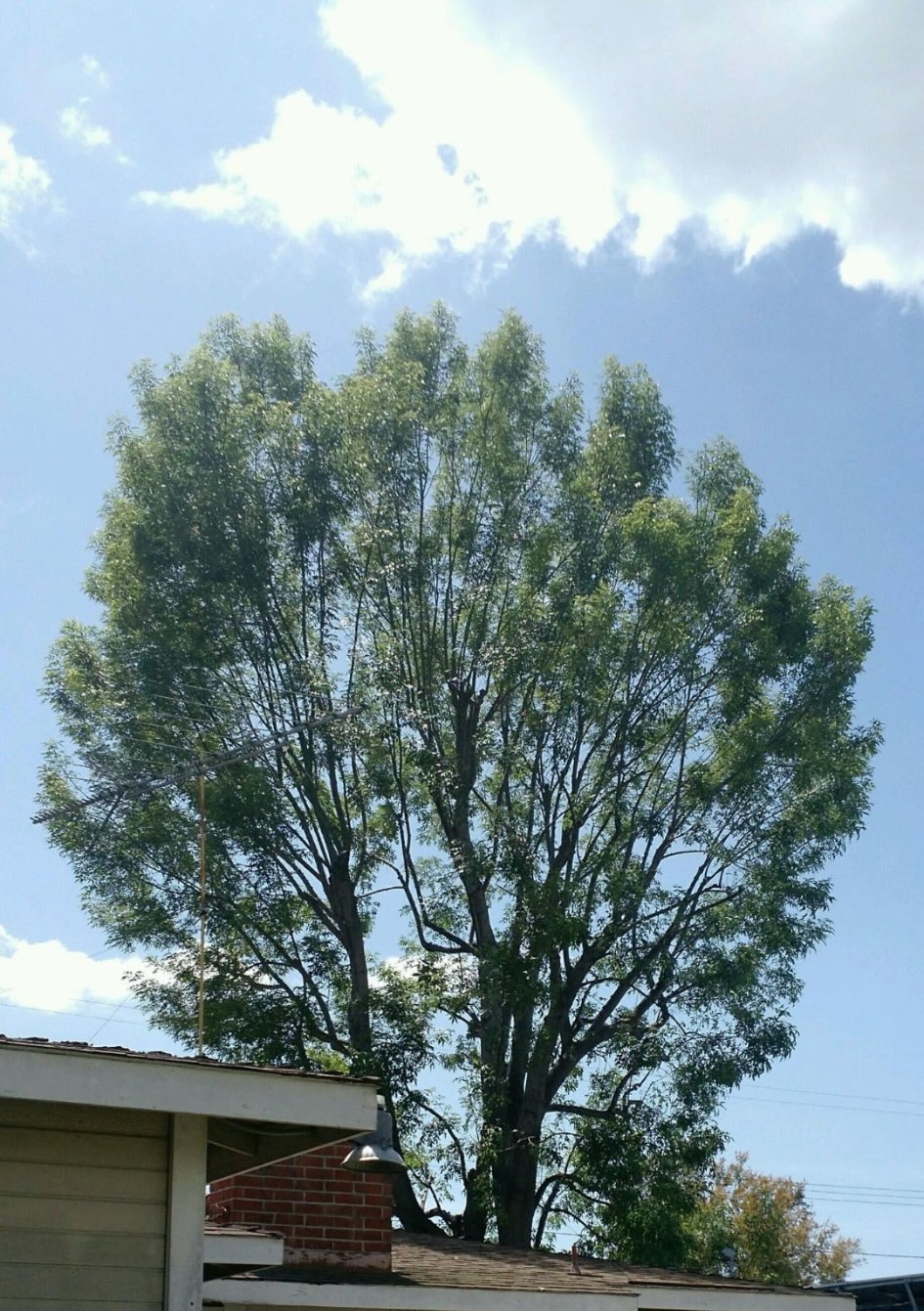
Common Services Included:
Tree Pruning:
- Crown Cleaning: Removing dead, dying, or weak branches.
- Crown Thinning: Selectively removing branches to improve light penetration and air circulation.
- Crown Raising: Trimming lower branches to provide clearance for vehicles, pedestrians, or structures.
- Crown Reduction: Reducing the tree’s height while preserving its overall shape.
- Deadwooding: Specifically targeting the removal of dead or declining branches.
- Pollarding: A more specialized method involving the removal of upper branches to promote a dense canopy, often used on ornamental trees.
- Maintenance Pruning: Removing dead or diseased branches to promote healthy growth.
Arborist Services:
More comprehensive tree care provided by certified professionals, including:
- Tree Health Assessments: Diagnosing diseases, pests, and evaluating overall tree health.
- Cabling and Bracing: Supporting weak or damaged branches.
- Landscape and Preventive Care: General maintenance to ensure tree health.
- Pest and Infestation Control: Managing infestations and diseases.
- Tree Risk Assessment: Evaluating potential hazards posed by trees.
- Root Management: Addressing issues with tree roots.
There’s a right time and a wrong time to trim trees, and this timing varies by species. Most routine tree trimming involves removing weak, diseased, or dead limbs at any time of year, with minimal impact on the tree. Our experts will ensure your trees are well-maintained at the most advantageous time, allowing you to achieve results that preserve the structure and beauty of your trees.
Timely Makes the Difference in Tree Trimming
Yes, timing is a crucial factor in successful tree trimming. Choosing the right time to prune your trees has a significant impact on their health, growth, and overall well-being.
Best Times for Most Trees
- Late winter to early spring: The ideal time for major pruning of most deciduous trees.
- Less stress: Because trees are dormant, pruning does not interrupt their active growing cycle.
- Reduced disease: Pests and pathogens that spread disease are inactive during colder months, so fresh cuts are less vulnerable to infestation.
- Faster healing: Cuts made just before spring growth begins have the best opportunity to seal quickly.
- Better visibility: With no leaves, it is easier to see the tree’s structure and identify branches that are dead, diseased, or crossing.
Exceptions and Special Cases
- Spring-flowering trees: Species like dogwood, magnolia, and flowering cherry should be pruned immediately after they finish blooming. Pruning in winter will remove the buds for that year’s flowers.
- Fruit Trees: The recommended timing varies by species. For example, some fruit trees are pruned in late winter or early spring to encourage fruit production, while stone fruit trees, such as cherries, are best pruned in the summer to avoid certain diseases.
- Oaks and Elms: These trees are highly susceptible to deadly diseases, such as oak wilt and Dutch elm disease, which insects spread during warmer months. It is crucial to prune them only during the dormant season (generally November to March).
- “Bleeders”: Trees such as maples, birches, and walnuts exhibit high sap flow in early spring. While this “bleeding” is not harmful, it can be messy and attract insects. To avoid this, postpone pruning until the foliage has fully emerged later in the spring.
- Evergreens: Most evergreens require minimal pruning. However, general shaping can be done in late winter or early spring. For pines, wait until the new growth develops in late spring or early summer.
When to Prune Regardless of Season
Immediate pruning is necessary for safety and the tree’s health in the following situations:
- Dead, damaged, or diseased branches: These should be removed as soon as they are spotted to prevent the spread of disease and reduce the risk of falling limbs.
- Emergency situations: Trim immediately if branches are interfering with power lines or structures.
Consequences of Bad Timing
Improperly timed pruning can cause harm to your trees:
- Late summer to early fall: Avoid heavy pruning in late summer or fall, as it can stimulate new growth that won’t have time to harden before winter, making it vulnerable to cold weather.
- Active growing season: Pruning heavily during active growth can unnecessarily stress a tree and increase the risk of disease.
- Over-pruning: Removing too much foliage at once can stress the tree and cause irreversible damage, especially in mature trees.
Rob’s Tree Service, A Full-Service Tree Service Company
With over 50 years of experience in the tree industry, you can trust that our certified arborists will work with you to ensure the safety of your home, business, and the public.
Rob’s Tree Service, A Full-Service Tree Service Company
With over 50 years of experience in the tree industry, you can trust that our certified arborists will work with you to ensure the safety of your home, business, and the public.
